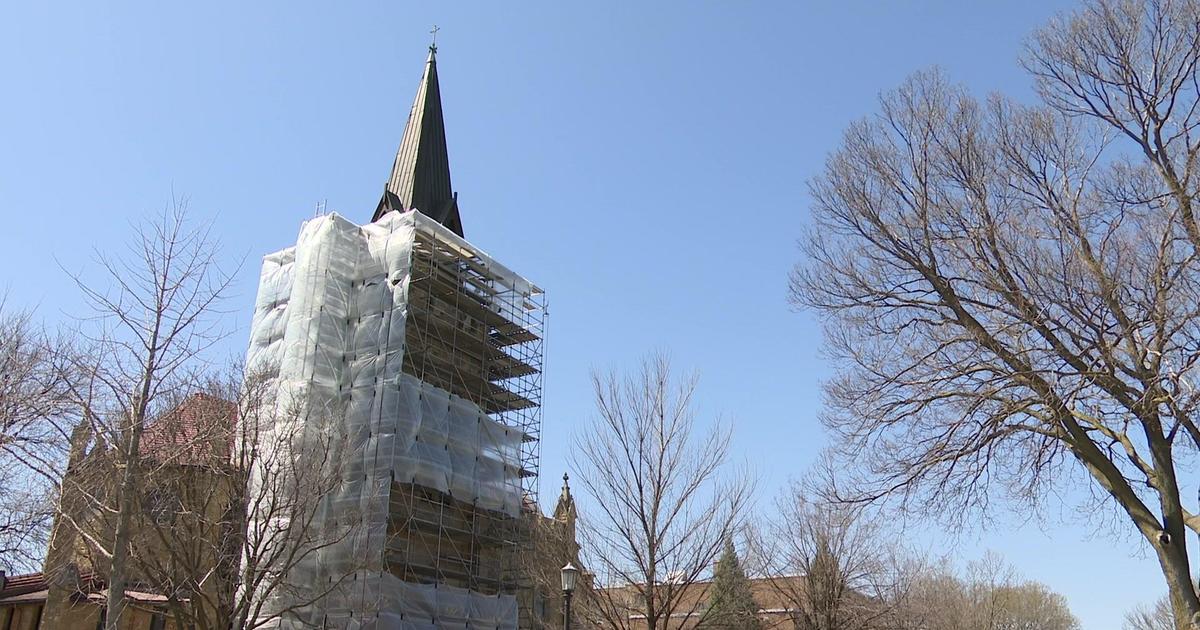Movie Blog: Malick's Batting 1.000 At The Walker
Terrence Malick has only five feature films to his credit, but ask most film fans and they'll tell you he's batting 1.000.
Very few other directors can be said to have sacrificed quantity for quality like the perpetually reclusive New American Cinema legend. And the evidence is all on display at the Walker Art Center this month, starting tomorrow with a screening of Malick's first movie, Badlands.
It all leads up to the June 1 premiere of his newest (purported) masterpiece, The Tree of Life, which is on the cusp of its big debut as one of the main centerpieces of this year's Cannes Film Festival.
Malick began his career in the 1970s with two incredibly-photographed portraits of uniquely American lives at the fringes.
Badlands (1973) stars Martin Sheen and Sissy Spacek (in her first major role) as a pair of 1950s free spirits, one of whom just has a taste for killing that would've definitely attracted Truman Capote's attention.
Badlands' indelible images, clear-eyed psychology and understated voice-over narration established Malick as American cinema's great, somehow grounded hippie poet, sort of the States' answer to Werner Herzog. The heavy, golden earthiness of his follow-up Days of Heaven (1978) confirmed that he was one to watch.
And then he disappeared. For two full decades. When he came back with 1998's The Thin Red Line, his return was such a major event in many corners that the WWII epic managed to snag a boatload of Oscar nominations, despite many feeling it had been overshadowed by Steven Spielberg's Saving Private Ryan (released earlier that year).
History will ultimately vindicate both films, I think, but at this particular moment, Thin Red Line looks like the true masterpiece of the two. The horrors of war aren't ignored in Malick's film, but they're hardly given the primacy of Private Ryan's sensationalistic delivery.
Derisive reviewers chided Malick's meandering narrative and deliberate sidelong glances at the topography and wildlife within the Pacific jungles. But it may be the only war film to ever achieve something like omniscience, as if tapped into a consciousness completely outside the realm of whatever human machinery leads to such a horrible event as WWII.
Thankfully, Malick decided that he didn't want to stay away from films as long this time around, and he turned 2005's The New World out in what, on his schedule, was a fast-track.
The historical romance details the circumstances surrounding Pocahontas and John Smith's alliance, but boasts some of the most gorgeous environmental images ever lensed. I'm not sure I'm totally in the tank for the movie itself (I think it tends toward self-parody in a way others saw in The Thin Red Line), but I can't deny that the cinematography is flawless. You can literally feel the center of gravity in these shots.
From all early indications, his new film The Tree of Life looks to be carrying the baton for that very aspect of Malick's cinema. The movie focuses on Sean Penn as an adult trying to unpack the upbringing he was given by his stern father (played by Brad Pitt).
Like The New World, The Tree of Life uses for its director of photography the red-hot Emmanuel Lubezki. Both the preview and the movie poster practically trumpet the fact that this movie has amazing cinematography on the order of later Stanley Kubrick.
I'll say more about the movie once I've screened it, but suffice it to say for now that it's at the very top of my list of most anticipated 2011 movies. The June 1st screening at the Walker should be a no-brainer for any film fan.



